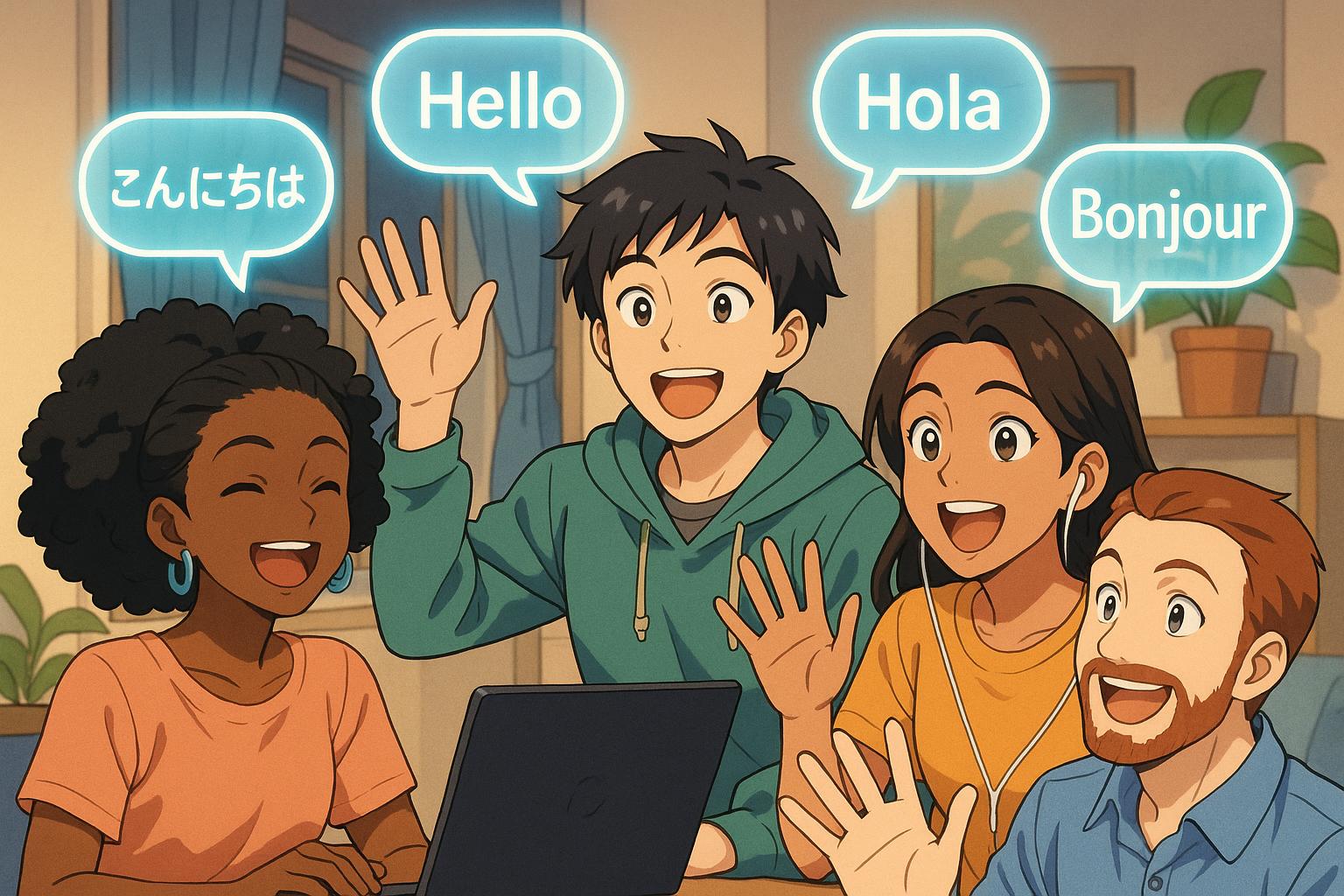In an era where effective communication is paramount, Google has unveiled an innovative feature for its video conferencing platform, Google Meet, aimed at breaking down language barriers. The company has integrated real-time speech translation capabilities into Google Meet, enabling users from different linguistic backgrounds to communicate as if they were speaking the same language. This cutting-edge technology uses advanced artificial intelligence-driven language models to facilitate smooth, fluent conversations in international settings.
The new translation functionality is designed to enhance the natural flow of dialogue by preserving the speaker's tone and emotional nuances. This means that users can experience conversations in various languages without losing the essence of what is being conveyed. The potential for such a feature is immense, particularly in multinational business environments. For instance, English-speaking grandchildren can effortlessly converse with their Spanish-speaking grandparents, fostering familial connections across generations. Moreover, companies that operate in diverse regions stand to gain significantly, as they will be able to collaborate more effectively with global teams, enhancing overall productivity.
Google has touted the feature’s low latency as a key advantage, allowing for multiple voices to coexist in a natural conversation flow. During a call, participants will hear the original speaker's voice alongside the translated version, ensuring that communication remains fluid and seamless. This approach alleviates some of the drawbacks typically associated with translation technology, creating a more interactive experience for users.
Starting this week, Google Meet's real-time speech translation feature will be available in beta to users subscribed to consumer AI, initially supporting English and Spanish, with plans to include Italian, German, and Portuguese soon after. Early testing for Google Workspace customers is also set to commence, demonstrating the company's commitment to enhancing collaboration in the business sector. This rollout reflects a broader trend within technology where inclusivity and accessibility in communication tools are increasingly becoming standard.
The launch of this feature aligns with a growing demand for more inclusive digital communication platforms, as companies seek to transcend geographical and language limitations. Google Meet's translation capabilities are particularly significant for educational institutions and businesses that often operate in multicultural environments. They can ensure that language proficiency is no longer a barrier to effective teamwork and knowledge sharing.
As competition intensifies in the realm of video conferencing, Google Meet’s recent innovations position the platform as a frontrunner, providing tools that promote user interaction and accessibility. The response from users will likely shape the future development of these features, as Google aims to refine the experience further based on feedback and usage patterns. This moment signifies not just a technological advancement, but a transformative shift in how people can engage with one another globally.
Ultimately, Google Meet's real-time speech translation capability heralds a new chapter in communication, fostering better understanding and collaboration across cultures. It is a substantial leap forward in the quest to unite people, allowing them to effectively bridge the gaps created by language differences—a critical need in today’s globally interconnected society.
Reference Map:
- Paragraph 1 – [1], [4]
- Paragraph 2 – [2], [5]
- Paragraph 3 – [3], [6]
- Paragraph 4 – [1], [7]
- Paragraph 5 – [1], [6]
- Paragraph 6 – [1], [7]
Source: Noah Wire Services
